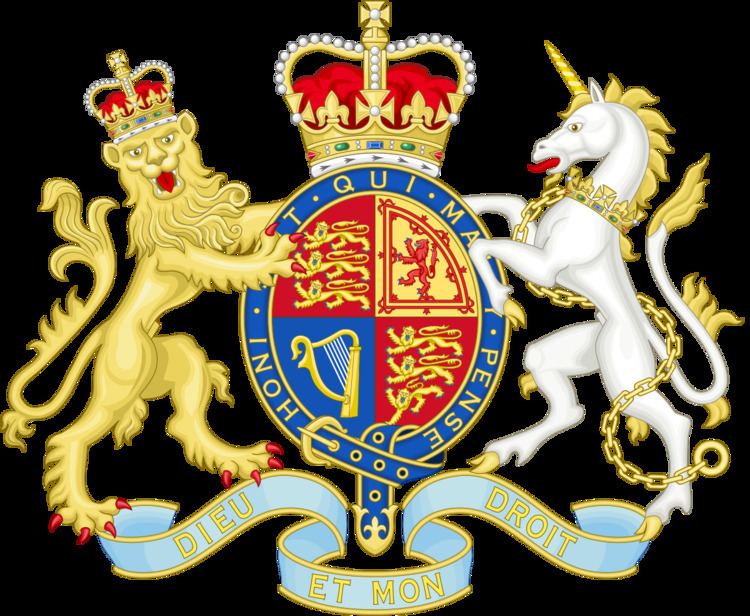 | ||
An executive agency is a part of a government department that is treated as managerially and budgetarily separate, to carry-out some part of the executive functions of the United Kingdom government, Scottish Government, Welsh Government or Northern Ireland Executive. Executive agencies are "machinery of government" devices distinct both from non-ministerial government departments and non-departmental public bodies (or "quangos"), each of which enjoy a real legal and constitutional separation from ministerial control. The model was also applied in several other countries.
Contents
- Size and scope
- Issues and reports
- Attorney Generals Office
- Department for Business Innovation and Skills
- Cabinet Office
- Chancellor of the Exchequer
- Department for Communities and Local Government
- Department for Culture Media and Sport
- Ministry of Defence
- Department for Education
- Department of Energy and Climate Change
- Department for Environment Food and Rural Affairs
- Foreign and Commonwealth Office
- Forestry Commission
- Department of Health
- Ministry of Justice
- HM Revenue and Customs
- Department for Transport
- HM Treasury
- Other countries
- References
Size and scope
Agencies range from Her Majesty's Prison Service to the Driver and Vehicle Licensing Agency. The annual budget for each agency, allocated by Her Majesty's Treasury ranges from a few million pounds for the smallest agencies to £700m for the Court Service. Virtually all government departments have at least one agency.
Issues and reports
The initial success or otherwise of executive agencies was examined in the Sir Angus Fraser's Fraser Report of 1991. Its main goal was to identify what good practices had emerged from the new model and spread them to other agencies and departments. The report also recommended further powers be devolved from ministers to chief executives.
A whole series of reports and white papers examining governmental delivery were published throughout the 1990s, under both Conservative and Labour governments. During these the agency model became the standard model for delivering public services in the United Kingdom. By 1997 76% of civil servants were employed by an agency. The new Labour government in its first such report – the 1998 Next Steps Report endorsed the model introduced by its predecessor. The most recent review (in 2002, linked below) made two central conclusions (their emphasis):
"The agency model has been a success. Since 1988 agencies have transformed the landscape of government and the responsive and effectiveness of services delivered by Government.""Some agencies have, however, become disconnected from their departments ... The gulf between policy and delivery is considered by most to have widened."The latter point is usually made more forcefully by Government critics, describing agencies as "unaccountable quangos".
Attorney General’s Office
Department for Business, Innovation and Skills
Cabinet Office
Chancellor of the Exchequer
Department for Communities and Local Government
Department for Culture, Media and Sport
Ministry of Defence
Department for Education
Department of Energy and Climate Change
Department for Environment, Food and Rural Affairs
Foreign and Commonwealth Office
Forestry Commission
Department of Health
Ministry of Justice
HM Revenue and Customs
Department for Transport
HM Treasury
Other countries
Several other countries have an executive agency model.
In the United States, the Clinton administration imported the model, but with a modification of the name to "performance-based organizations."
In Canada, executive agencies were adopted on a limited basis under the name "special operating agencies."
Executive agencies were also established in Australia, Jamaica, Japan and Tanzania.
